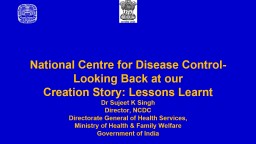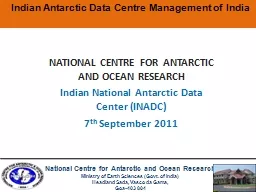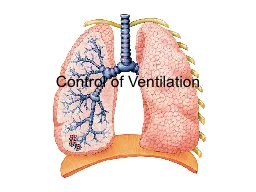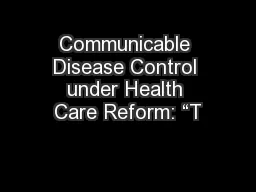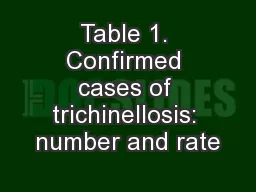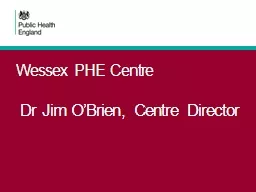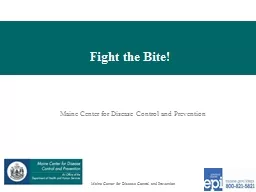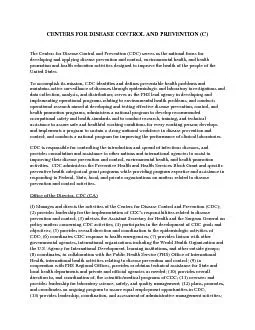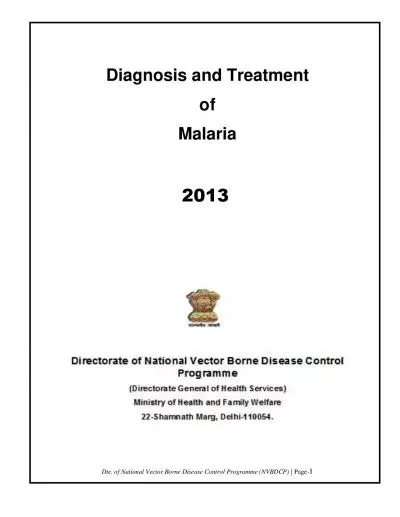PPT-National Centre for Disease Control-
Author : rosemary | Published Date : 2024-02-09
Looking Back at our Creation Story Lessons Learnt Dr Sujeet K Singh Director NCDC Directorate General of Health Services Ministry of Health amp Family Welfare
Presentation Embed Code
Download Presentation
Download Presentation The PPT/PDF document "National Centre for Disease Control-" is the property of its rightful owner. Permission is granted to download and print the materials on this website for personal, non-commercial use only, and to display it on your personal computer provided you do not modify the materials and that you retain all copyright notices contained in the materials. By downloading content from our website, you accept the terms of this agreement.
National Centre for Disease Control-: Transcript
Download Rules Of Document
"National Centre for Disease Control-"The content belongs to its owner. You may download and print it for personal use, without modification, and keep all copyright notices. By downloading, you agree to these terms.
Related Documents

